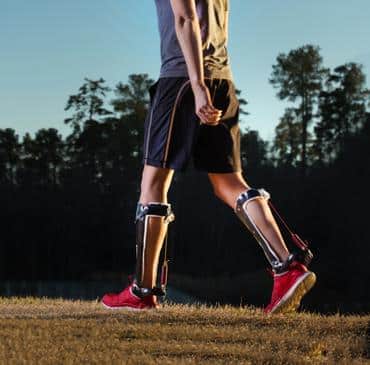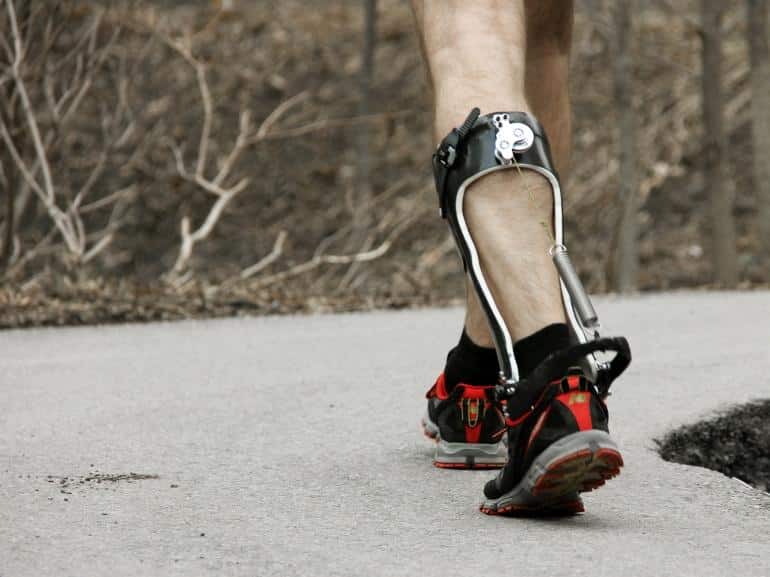A recently composed, unpowered boot via scientists at Carnegie Mellon and North Carolina University uses spring energy to diminish the vitality used in strolling by around 7 percent. That appears like a little sum, however it is on a standard with controlled gadgets of a comparable nature, and will help enhance the human walk.
The carbon fiber gadget, which weighs as much as a typical shoe – around 500 grams – utilizes no force. Rather, with every step, an unpowered grip draws in a spring parallel with the Achilles tendon, taking burden from the calf muscles. “The unpowered exoskeleton is similar to a sling. It has a spring that emulates the activity of your Achilles tendon, and works in parallel with your calf muscles to decrease the heap set upon them,” said the study’s co-creator Dr. Gregory Sawicki, a biomedical designer and headway physiologist in the joint NC State/University of North Carolina-Chapel Hill Department of Biomedical Engineering. The grasp is crucial to connect with the spring just while the foot is on the ground, permitting it to store and after that discharge flexible vitality. Later it consequently separates to permit free movement while the foot is noticeable all around.
The gadget was tried on nine capable grown-ups with distinctive springs to discover the “Goldilocks” spring – too solid or too free, they found, and the spring added to the work the walker needed to do, as opposed to facilitating it. The last spring, regularly, was some place in the center. Dr. Sawicki said that a 7 percent decrease in metabolic vitality was generally identical to evacuating a 4.5 kilogram (10 pound) rucksack – a not unimportant change. “Despite the fact that it is shocking that we had the capacity attained to this point of interest over a framework emphatically molded by development, this study demonstrates that there’s still a long way to go about human biomechanics and an apparently basic conduct like strolling,” he said.

